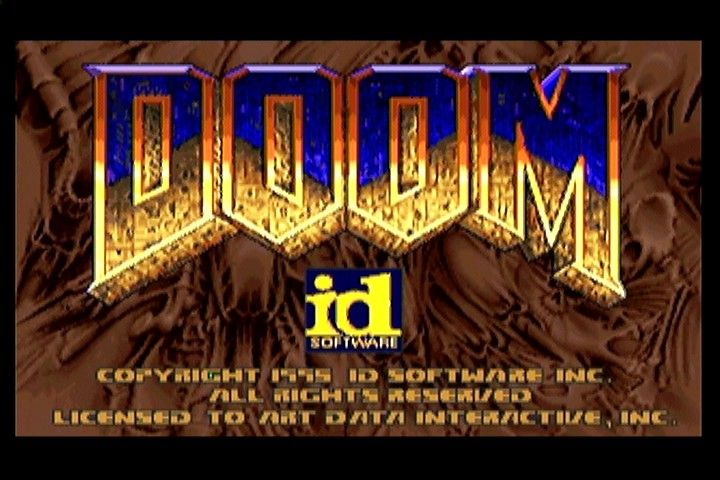
In the closing days of 1993, id Software released Doom, and the gaming world was changed forever. A landmark title that arguably established the first person shooter (FPS) genre, it was technically and artistically foundational, became one of the top selling and critically acclaimed games of all time, and even sparked a moral panic over its violence. And recently, as Doom turned 30, its cultural impact can still be felt. It’s hard to overstate what a big deal Doom was.
Yet Doom was not the first big deal by id Software, nor was it the first FPS. Little more than a year prior, id released Wolfenstein 3D, an action-packed and immersive 3D shooter that many consider the “grandfather of FPS”, and topped many game-of-the-year lists. Compared to Doom, it was clearly inferior, but through its frenetic pace and ultra violence, it was easy to see where Doom came from. Even as id slaved away at breakneck pace making Doom, competitors saw Wolfenstein 3D and the possibilities of immersive 3D gaming and rushed to make clones and their unique spins on the emerging paradigm. Some knew that id was coming up with something big but few anticipated how utterly massive Doom would become.
And thus we are left with the gaming and cultural behemoth that was Doom, and in its wake, lie numerous could-have-beens, hopelessly overshadowed and forgotten. Some were quality games that could have enjoyed great success, some were decent and could have sustained the budding studios behind them, and some were, well, forgettable me-toos that nevertheless could have built modest followings. In this post, as we look back on 30 years of Doom, let’s also look back on the the losers of history, the games that deserved more love than they did, in the shadow of Doom.
Read more




